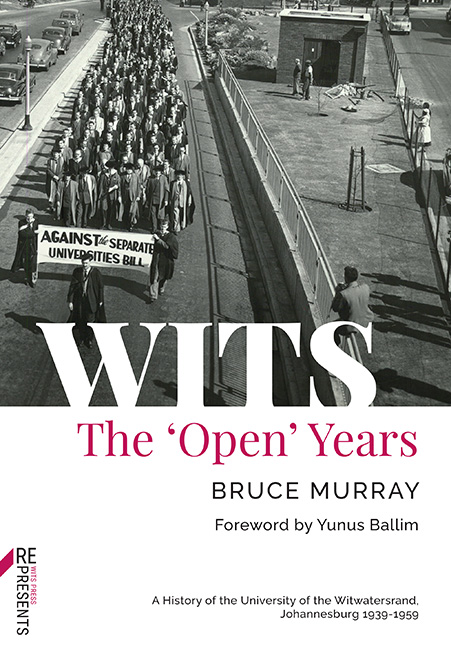11 - Student Life in the 1950s
Published online by Cambridge University Press: 24 November 2023
Summary
The social life of students during the 1950s opened under the influence which the ex-volunteers had brought to the University. The decade of the 1950s, however, witnessed a decline in the energy and self-confidence which the ex-volunteers had displayed, and in the quality of the activities and events which they and their civilian colleagues had organised so superbly during the late 1940s. By the mid-1950s many campus organisations and activities were floundering – some blamed the political preoccupations of the Students’ Representative Council – and in the second half of the decade a sustained attempt was made by the SRC to revive their fortunes. It was an enterprise that was only partially successful.
During the 1950s, the student body numbered between four and five thousand. The majority of students lived with their parents, mostly in the northern suburbs of Johannesburg. Few students owned motor cars, and relied on the bus service to get to and from the University. For many students this involved walking the kilometre or so to Hillbrow. The SRC made numerous attempts to get the municipal transport department to run a service from the campus to Hillbrow, but without success. Many students relied heavily on hitchhiking, both in Johannesburg during term, and to Durban and Cape Town during vacations. For this, possession of a University blazer was essential. First-year students were not allowed to buy blazers, and had to win a certain number of points by working for Rag or attending intervarsity singsongs before they became entitled to wear one.
Arts students, with their relatively light workloads, spent much of their time in the canteen. There was no Student Union building during the 1950s, and the University refused to pay for one. The canteen was located in one of the hutments above the swimming pool. This provided a cosy if shabby place for meals and entertainment. Hardy klaberjas, bridge and chess schools spent more time in the canteen than in the library or lectures. During the 1950s efforts were made to raise money for a Union building but steadily escalating costs delayed construction until the 1960s.
- Type
- Chapter
- Information
- WITSThe 'Open' Years, pp. 329 - 349Publisher: Wits University PressPrint publication year: 2022



